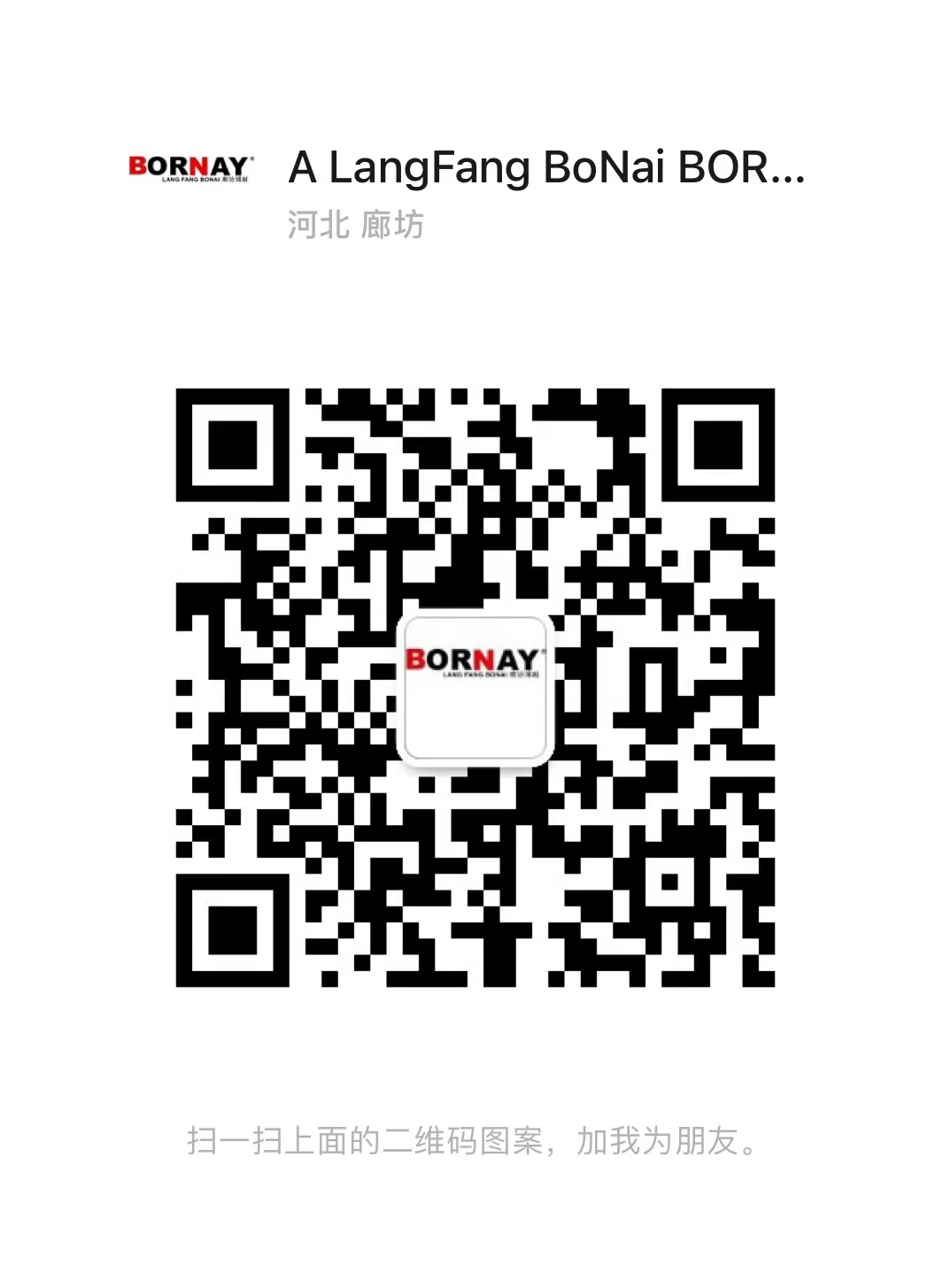Bienvenidos a Langfang-bonai
Use of plastic corrugated plate (PVC corrugated plate)
1、 Basic concepts
1. Adhesion: The condition that two external surfaces are connected by educational background, physical force or both. Synonym: adhesion.
2. Cohesion: the condition that particles in a simple material are connected by the primary and secondary valence forces.
3. Mechanical adhesion: the penetration of two surfaces through the bite efficiency of the adhesive. Synonyms: sluggish adhesion.
4. Adhesion failure (adhesive failure; adhesion failure): a visually harmful situation at the boundary between adhesive and adherend.
5. Cohesive failure; cohesion failure: a visually harmful situation that breaks out in the adhesive or adhesive.
6. Compatibility: The ability to be compatible with each other when two or more materials are mixed.
7. Adhesive: the material that can make the adherend stick together through the adhesive efficiency.
8. Adherend: objects prepared for bonding or objects on both sides of the adhesive layer after bonding.
9. Substrate: data used for coating adhesive on the surface. Note: This is a broader term than "adherend".
10. Wetting: the affinity of liquid to liquid. The smaller the angle of engagement between the two, the simpler the liquid surface will be wetted by the liquid. Synonym: moist
11. Dry: the process of reducing the solvent or separate medium through volatilization and reception to change the physical condition of the adhesive on the adhesive.
12. Bonding: use adhesive to penetrate the surface of the adhesive. Synonyms: bonding
13. Curing cure: the process of gaining and popularizing adhesive strength through chemical feedback (convergence, cross-linking, etc.).
14. Setting set: The adhesive has won and popularized the instinctive process of bonding strength and cohesive strength through chemical feedback or physical efficiency (such as convergence feedback, oxidation feedback, chemical efficiency of gel, hydration efficiency, cooling, volatilization of evaporative components, etc.).
15. Adhesive layer: the adhesive layer in the adhesive part.
16. Crosslinking; cross-linking: chemical bonds are generated between molecules, and a process of two-dimensional collection and construction breaks out.
17. Delamination: the interlayer discrimination situation caused by adhesive, adhesive or their interface obstruction in the layer inhibitor.
18. Squeeze out: the adhesive extracted from the adhesive layer after pressurizing the mounting parts.
19. Blocking: a kind of unintentional bonding between data
20. Dry tack aggressive tack: a characteristic of some adhesives (rubber type adhesives that are more prone to vulcanization). When the evaporative components in the adhesive volatilize to the level of one room, they will bond with each other when they fight with each other in the situation of feeling like dry.
21. Fillet: make up for the local adhesive at the intersection of the two adherends (such as the adhesive fillet at the end of the sandwich when the honeycomb sandwich is bonded with the surface material).
22. Degree of cure: the chemical feedback level characterized by adhesive curing.
23. Aging: The instinct of adhesive parts changes with time.


